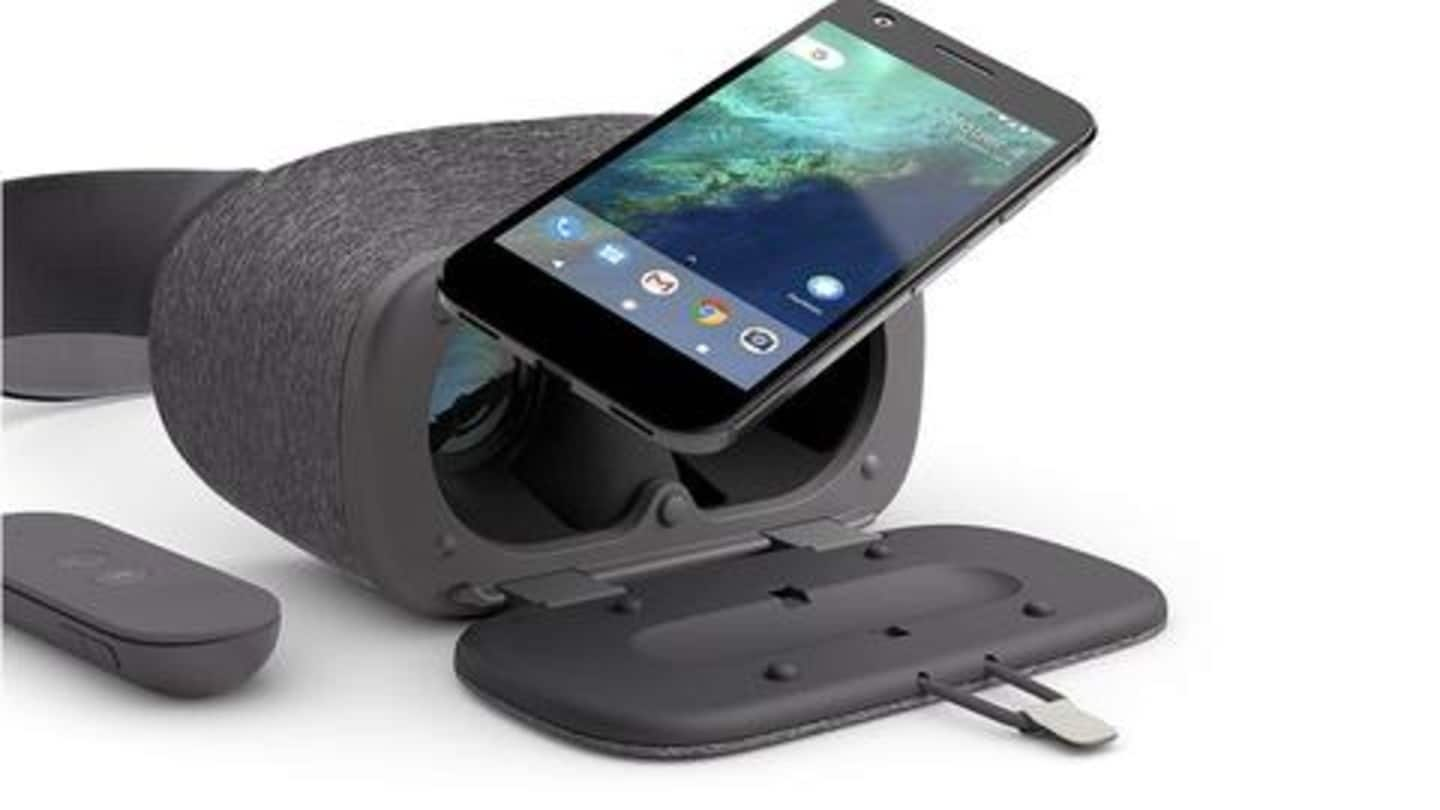
Google is killing Daydream virtual reality platform: Here's why
What's the story
In a major (but expected) development, Google has decided to kill Daydream VR, the platform that lets you immerse into the world of virtual reality using a dedicated headset and supported phone. The search giant confirmed the end of the project soon after the launch of Pixel 4 and Pixel 4 XL, both of which don't offer support for Daydream. Here's all about it.
Sales
Daydream View will no longer be sold
After launching Pixel 4, Google said that the phones don't support Daydream and told Variety that it will no longer be selling the Daydream View mobile headset in the market. However, the company also emphasized that the Daydream app and store would remain active for those who are still using the VR headset with older Pixels and Android phones.
Reason
Why Google is abandoning Daydream?
A Google spokesperson justified the company's move by claiming that "there hasn't been the broad consumer or developer adoption" they had expected. Plus, the usage of the Daydream View headset has also decreased at the same time. "We [also] noticed some clear limitations constraining smartphone VR from being a viable long-term solution," the person added in the same statement.
Problem
Friction from putting phone in VR headset
Detailing the problem with smartphone VR, the Google spokesperson claimed that asking users to put their phone into the VR headset is a major issue. It breaks their access to the apps they use throughout the day and causes immense friction. To note, a similar kind of problem has been reported by people using Samsung Gear VR - Daydream's key challenger.
Plan
Google had been planning this for a while
While the official confirmation of Daydream's end has just come, there have been signs for the same for quite a while. When the platform debuted in 2016, a number of phones, including those from Samsung, started offering support for it. However, after the launch of Pixel 3a, which wasn't Daydream-compatible, no new Android smartphone released this year has offered support for the platform.